Overclocking
You can see our in-depth look at Asus' software and EFI in our X299 launch coverage.
The Prime X299-Deluxe managed an overclock of 4.6GHz with the same Core i9-7900X CPU we used with the ROG Strix X299-E Gaming at launch, and unsurprisingly required the same 1.24V vcore too. It was a blissfully simple task, and temperatures were in the mid-80s under load once we'd done this.
Performance Analysis
The ROG Strix X299-E Gaming was the first board to run through our test suite, and since then most boards have seen BIOS updates. However, there are still some occasions where performance is quite variable. For example, the PCMark 10 photo editing test saw the Prime X299-Deluxe perform better than the Strix, especially when overclocked, which is likely down to a boosting issue that we've seen on other boards with early BIOS versions, especially with lightly-threaded loads. In multi-threaded tests, there was less of a difference, but the 3D tests also saw some variation, with the Deluxe performing slightly better in the synthetic tests, while the Strix was a little ahead in Ashes of the Singularity.
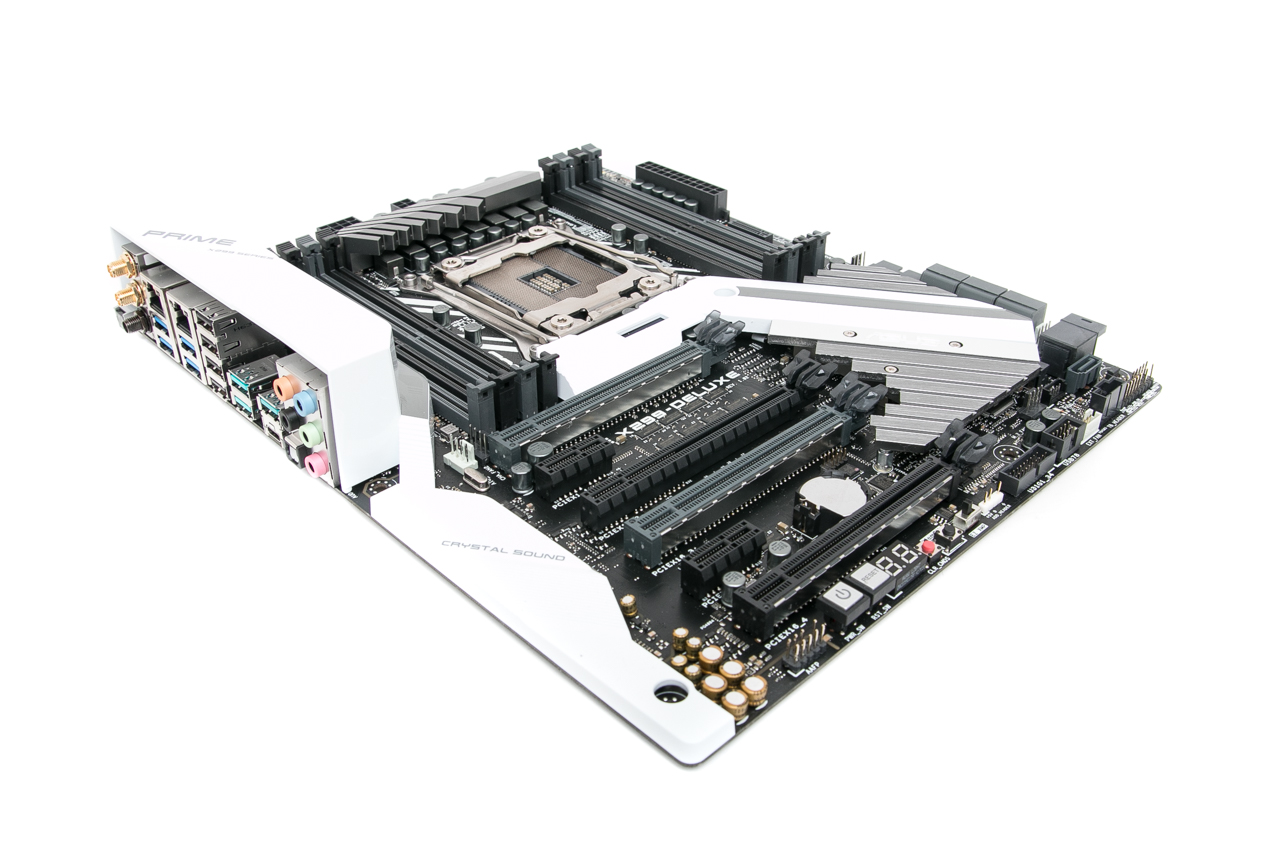
We're still seeing rather slow read speeds with M.2 performance, but this appears to be a Skylake-X issue affecting everyone, and we've yet to hear back from Intel regarding the issue and a possible solution. As a result, you'll likely be limited to around 2,900MB/sec read speed, whichever M.2 port you use, although the slightly larger heatsink and lower temperatures of our SSD running in the Strix board did seem to give the read speed a bit of a boost, being around 40MB/sec faster than the Deluxe.
One area we often see variation is with the audio performance, but with both boards sporting Asus' tweaked Realtek-based S1220 codec, they're essentially identical, but it's still worth pointing out that performance is significantly higher in RightMark Audio Analyzer than your typical X99 motherboard. Power consumption was high for the Prime X299-Deluxe, though, which could be down to a number of things from more features and ports on the PCB to the BIOS, as we've already seen newer versions on other boards drastically cut power consumption and heat. The most notable difference was at idle, where the Strix was a good 40W less hungry - it's still early days, of course.
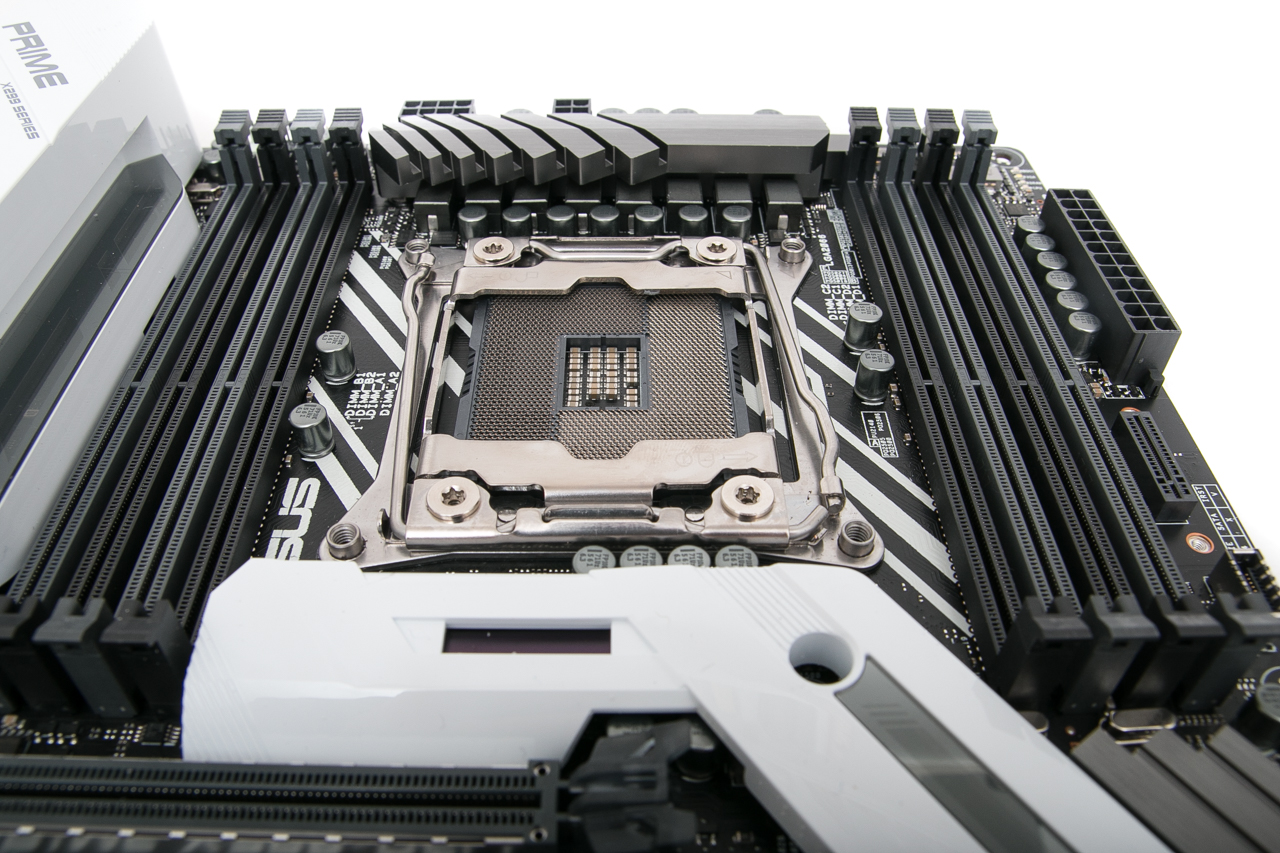
Conclusion
While it might demand a higher price tag, the Prime X299-Deluxe ultimately is rather swoon-worthy in the sheer number of features it possesses. Thunderbolt 3, masses of USB 3.1 ports, humongous cooling and control potential for extensive water-cooling systems, the latest Wi-Fi standard - the list goes on, and it's this lengthy feature set that demands the premium. Of course, if none of these extra features appeal or you want to build an X299 rig with a tighter budget, this is clearly not the board for you, but if you have cash to splash or genuinely need them, the Prime X299-Deluxe is an otherwise excellent example of a modern motherboard that's just begging to play host to some super-fast SSDs and high-end graphics cards.


MSI MPG Velox 100R Chassis Review
October 14 2021 | 15:04

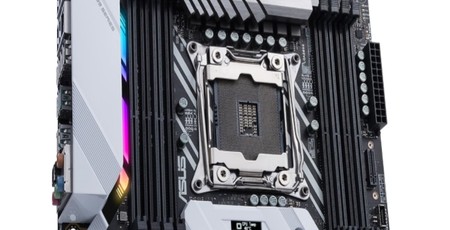
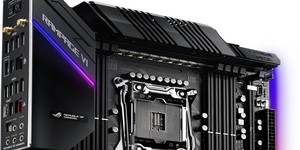
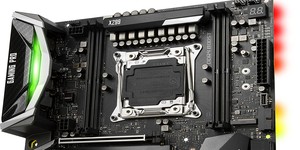
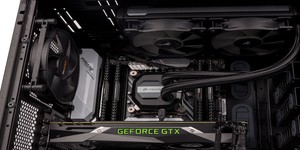




Want to comment? Please log in.